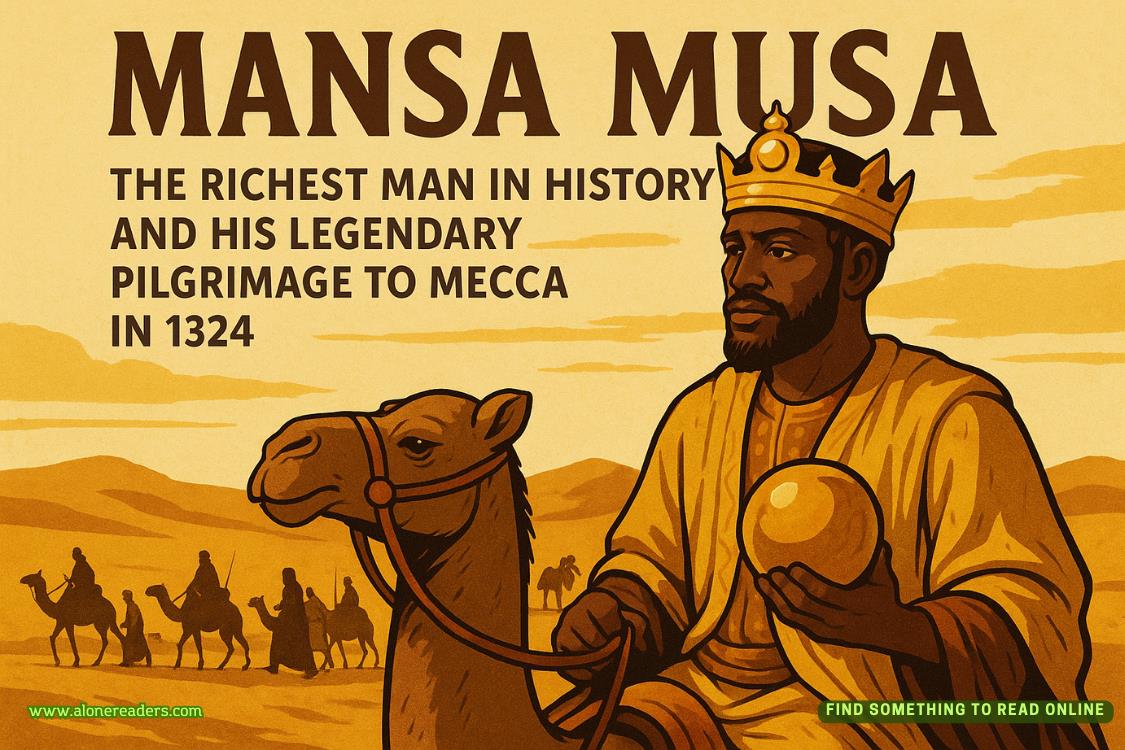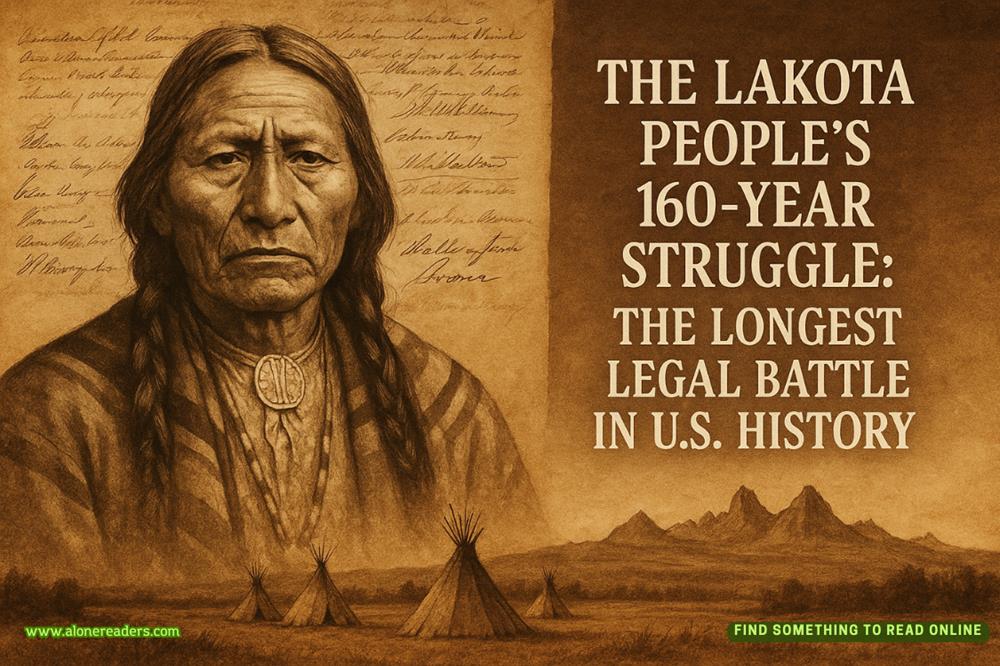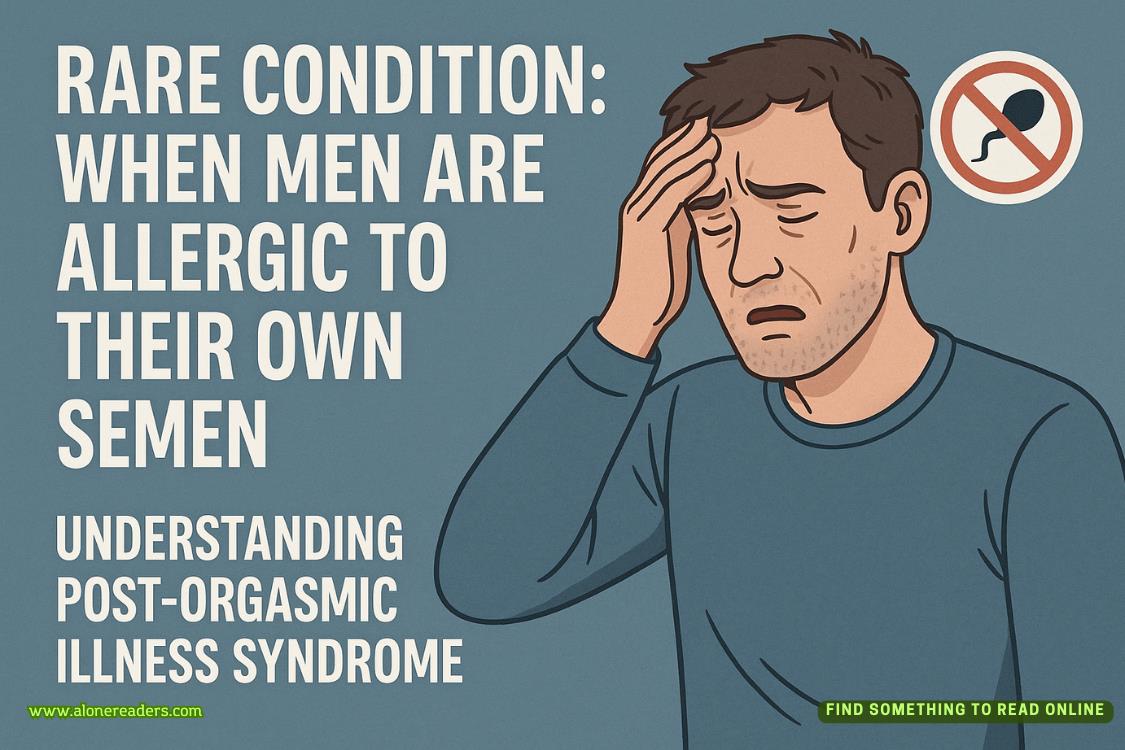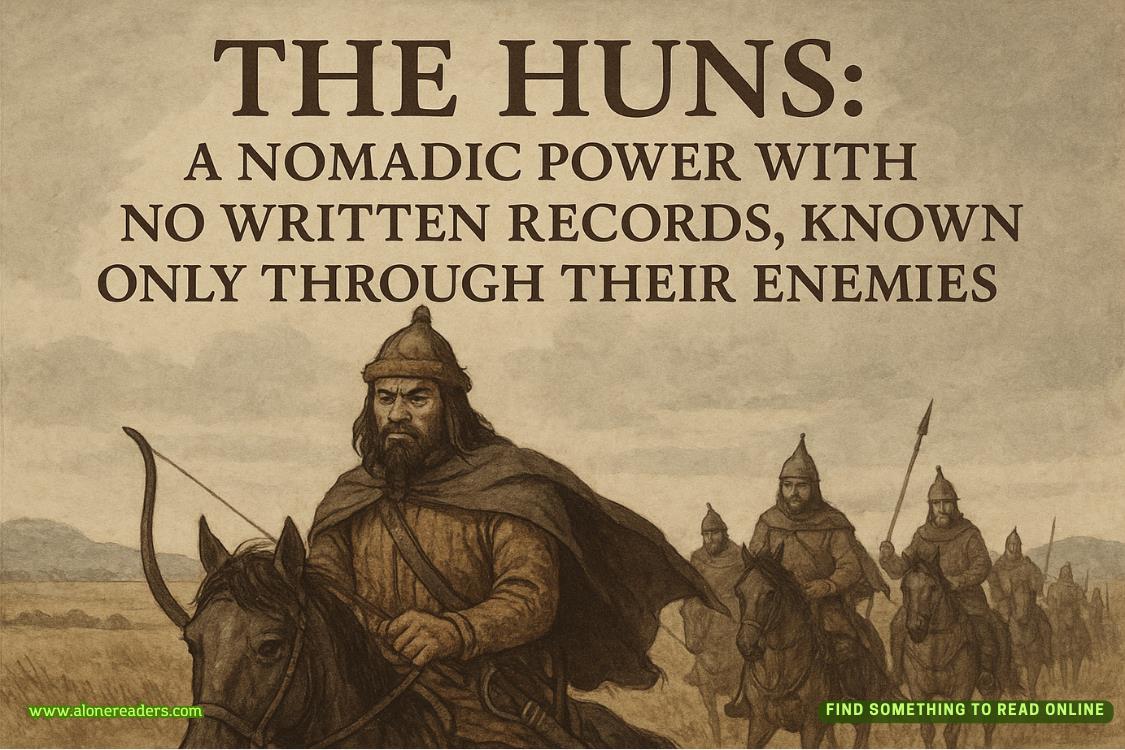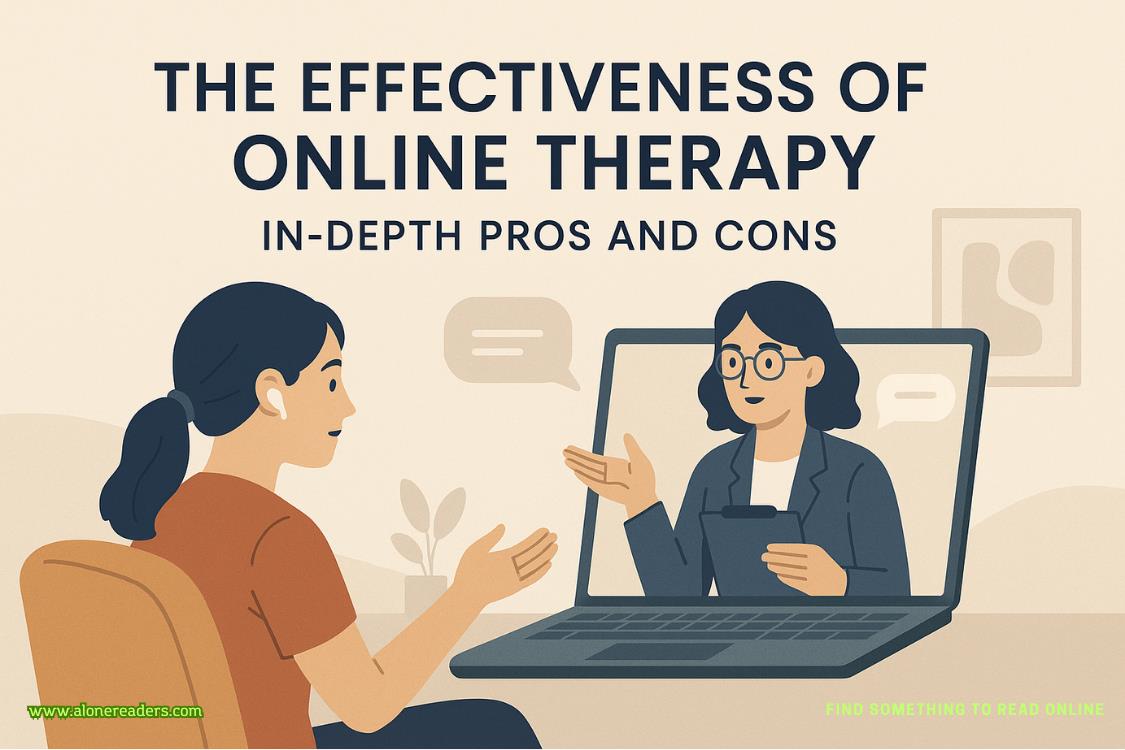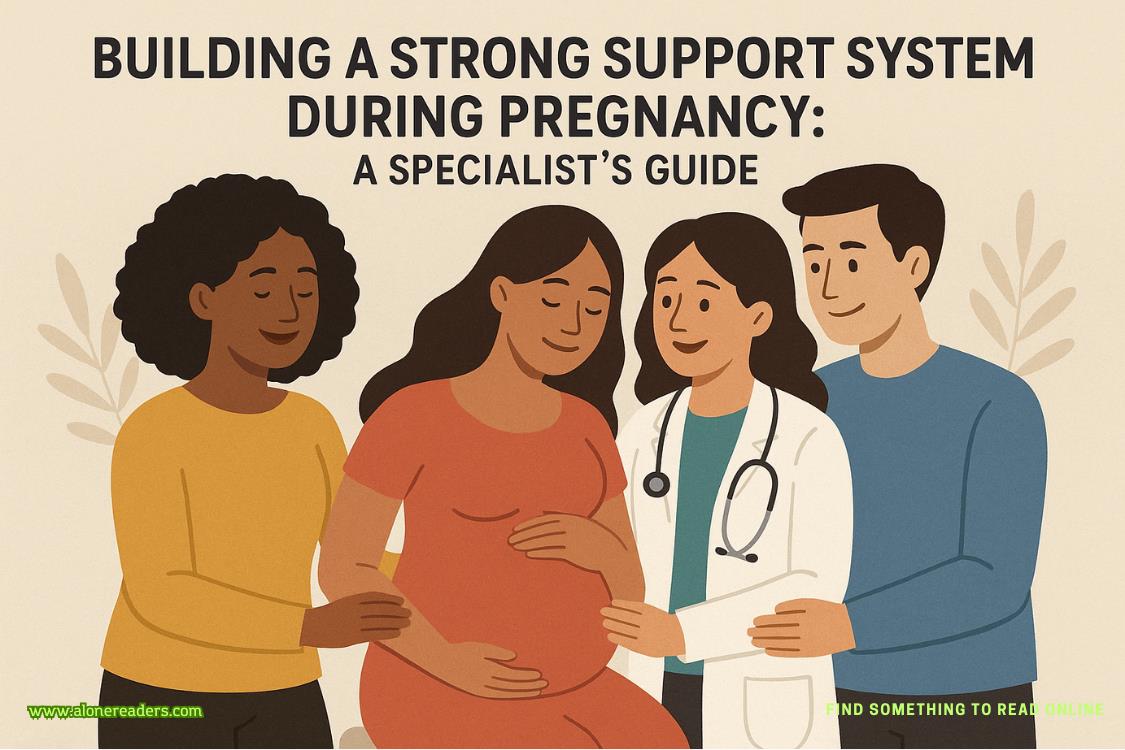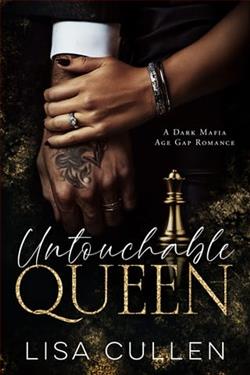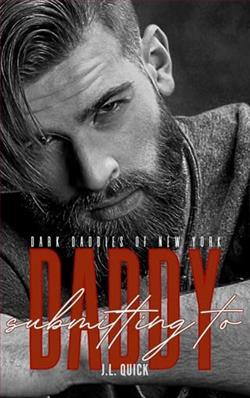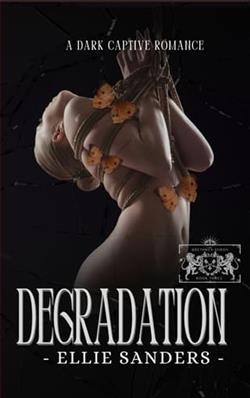Page 4 of All That Glitters in Pelican Point
A chance to dig into one of the great maritime mysteries of the colonial era with access to private archives, obscure ledgers, historical maps, and coastal dive logs? This was my version of a beach vacation. My heart did that fluttery thing it only does when rare ink meets vellum and translation errors become puzzles.
But there was a catch.Isn’t there always?
The investor behind the whole thing remained anonymous and insisted I partner with someone named Cruz Devlin.
Cue the red flags. Anonymous funding and a handpicked mystery partner?Is this how people wind up in documentaries?I did what any self-respecting historian would do. I googled him.
It started innocent. Academic curiosity. Credentials. Dive certifications. Any kind of published work.
Instead, I got… shirtless interviews. Sun-kissed abs. Smug grins so cocky they practically carried their own Wi-Fi signal. And a boat. Always that damn boat.The Serenity.Honestly, it looked like the man had never worn a proper shirt in his life.
There was one particular clip of him popping champagne over a salvaged cannon like it was a bachelor party, then winking at the camera like he knew how ridiculous it was—and didn’t care.
Oh God. He's one of those. A living, breathing clickbait headline.
The kind of guy who probably names his abs and has a signature smolder.Definitely not my type. Not that I have a type. Or time for one.
And yet... The funding was real. And generous. Unusually so for this kind of niche historical fieldwork. Private access to archives no one had touched in years. Full research autonomy. A chance to work outside the academic chokehold for once.
It felt… crafted. Like someone had combed through every academic rabbit hole I’d ever fallen into and tailored a project that hit every one of them.
Still. Cruz Devlin? Really? The man looks like he summers in GQ and has never used a footnote in his life.
I debated for two days. Made a pros-and-cons list.
PRO: Potential original discoveries.
PRO: Fully funded research.
CON: Possible ego-induced migraines.
CON: Reality-TV-adjacent nonsense.
PRO: Potential for groundbreaking scholarship.
CON: Did I mention the abs?
In the end, it wasn’t even close. I packed my notes, my field journals, two backup chargers, and every ounce of academic skepticism I owned, then boarded a plane for Pelican Point. Equal parts excited and suspicious.
Let’s see what all this fuss is about, Devlin. God help me if he shows up shirtless.
* * *
Pelican Point doesn’t care that I’m late, that my GPS gave up halfway through the marshes, or that my rental SUV smells like fried shrimp and existential dread. This town seems to move on its own clock—somewhere between lazy-Sunday-morning and ‘we’ll get to it when we get to it.’ Honestly? It’s kind of refreshing. The world’s in a constant sprint, but Pelican Point isn’t.
I roll through town past rows of pastel bungalows with shutters in beachy shades of mint and coral, each one proudly sporting a front porch and at least one string of fairy lights. A wooden sign, hand-painted and slightly crooked, welcomes me in curly letters:Pelican Point: The Treasure is in the Living.Cheesy? Sure. But it gets me. I actually smile.
There’s something about this place—worn but not worn out. It’s got the vibe of somewhere that’s taken a few hits and decided to paint over the bruises in sunshine yellow and seafoam green. The kind of town that refuses to quit just because the tourists did.
Back in the sixties, Pelican Point was Florida’s golden girl—shiny and sun-drenched, with a swanky hotel, a bustling boardwalk, and ice cream parlors that probably made a mean banana split. You can almost picture it: grandmas in cat-eye sunglasses, kids with sticky fingers and seashell necklaces, dads trying to grill fish while battling seagulls.
Now? Not quite the same picture.
The hotel has long ago been abandoned. Hurricanes tore through, the economy tanked, and the tourists faded like cheap beach towels left in the sun too long. What’s left is a town still trying to hold onto its soul. Half the signs are sun-faded. More than a few shops are closed or halfway through a renovation that may or may not ever get finished. But there’s also flower boxes. Fresh paint. A hopeful kind of grit that I can’t help but admire. People wave when I drive past. Like, with their whole hand. It’s disarming.
There’s a quiet kind of charm here. The ‘we’re not dead yet’ kind. You can feel it in the salty air and the way some of the bait shops have turned into wine bars. Old shell shops now sell locally made soaps and eco-friendly beach hats. The past and present are holding hands, maybe even slow dancing.
I kind of love it. Which makes the whole setup even more frustrating.
